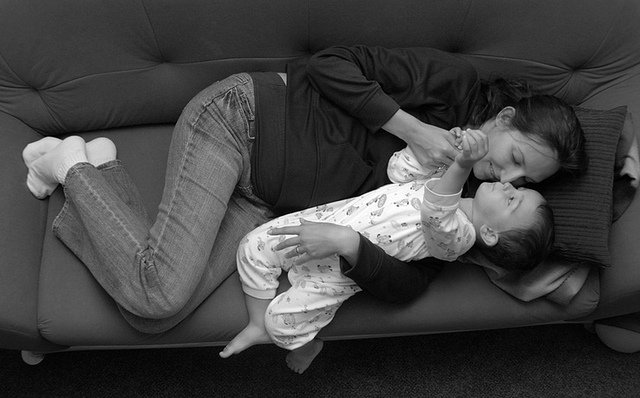Photography Tricks To Getting Perfect Pictures All The Time
Photography is a widely popular, universal hobby. The little known answer is that photographers put a ton of effort into their craft. This article is filled with tips photographers use to take great pictures.
A great still life photography is to simply experiment. Don’t be afraid of trying out new things. Try to light your subject in a different way or capture it from a new angle. Trying out new things like this can help you keep a fresh and creative perspective.

Change the direction of your camera’s flash to avoid the appearance of red eye. When a flash goes off directly in line with someone’s eyes, the result can be red eye. Reducing red eye will improve the quality of your pictures and give your subjects a more realistic appearance.
Be sure your photo has a solid focal point. Without a good focal point your photographs will end up looking empty, leaving the eye with nowhere to rest. Your viewers will be more appreciative of a photo that has a clear focus, even if you are shooting a landscape or other wide setting.
Don’t rely too heavily on image-editing software. It’s a great tool to have, but if you rely on it too much, your photographs will start to look highly artificial. Try to achieve what you want before bringing it into image-editing software.
When shooting landscapes, remember the rule of thirds which is to keep one-third or two-thirds of the image as the sky or the foreground. This will give the photo more depth and a more dramatic look. This is an easy tip for beginners to follow but will make a huge difference in the appearance of the photos.
If you like the idea of becoming an old-school, film-and-darkroom kind of photographer, you can get yourself off to an inexpensive start by searching your local second-hand shop for a film camera. Use black-and-white film that has an ISO value of 200 for dramatic photographs. You can print film photographs on a number of mediums, including fiber-based paper.
Always make sure that you are using the best shooting settings for your subjects. They differ depending upon the subject or the lighting. Generally though, you want to keep an eye on the ISO. Try to use the lowest ISO possible for the situation to avoid any grain in your shot.
Make your subject comfortable when taking their photograph, otherwise your shot will capture their true uneasiness and nerves. This is especially true when shooting a subject to music. Take the extra time to make sure that they are totally relaxed and totally ready before you begin shooting subjects like this.
Play with lens distortion. Most photographs use portrait lenses or zoom lenses to focus on an object, and use a wide-angle lens for landscapes and such. By using a lens for a different use than its intended one, you will get a very original photograph. Do not let this become your style: learn when you can use an original lens.
Pay careful attention to backgrounds when composing your photographs. Jumbled, messy rooms can ruin an image and prevent your subject from standing out. Also, even the smallest item within range of the snapshot can be a distraction, taking away from the central focus. Always make a quick scan of the room or landscape, then remove items that will detract from an otherwise perfect shot.
Decide if you are interested in a subject before you photograph it. Know that if a subject is seeming boring to you, it is going to be boring to future viewers of the image. Take some time to make your shots interesting, and you will be rewarded with better shots.
Learn to turn your camera on it’s side. If the subject that you are shooting is taller than it is wide, then use your camera to make it take up more of the frame. Turn your camera on it’s side and take a vertical picture instead of the traditional horizontal one.
When you are looking to get tack sharp shots by using a tripod, you need to get a remote so that you can eradicate camera shake. Also, you can use the timer on the camera. Even if you don’t have a tripod, this can work great, but you’ll need a stable surface to set it the camera on.
Nothing else is left to do except apply these ideas as chance upon your next photo opportunity. But you should see in no time, the picture quality will increase!